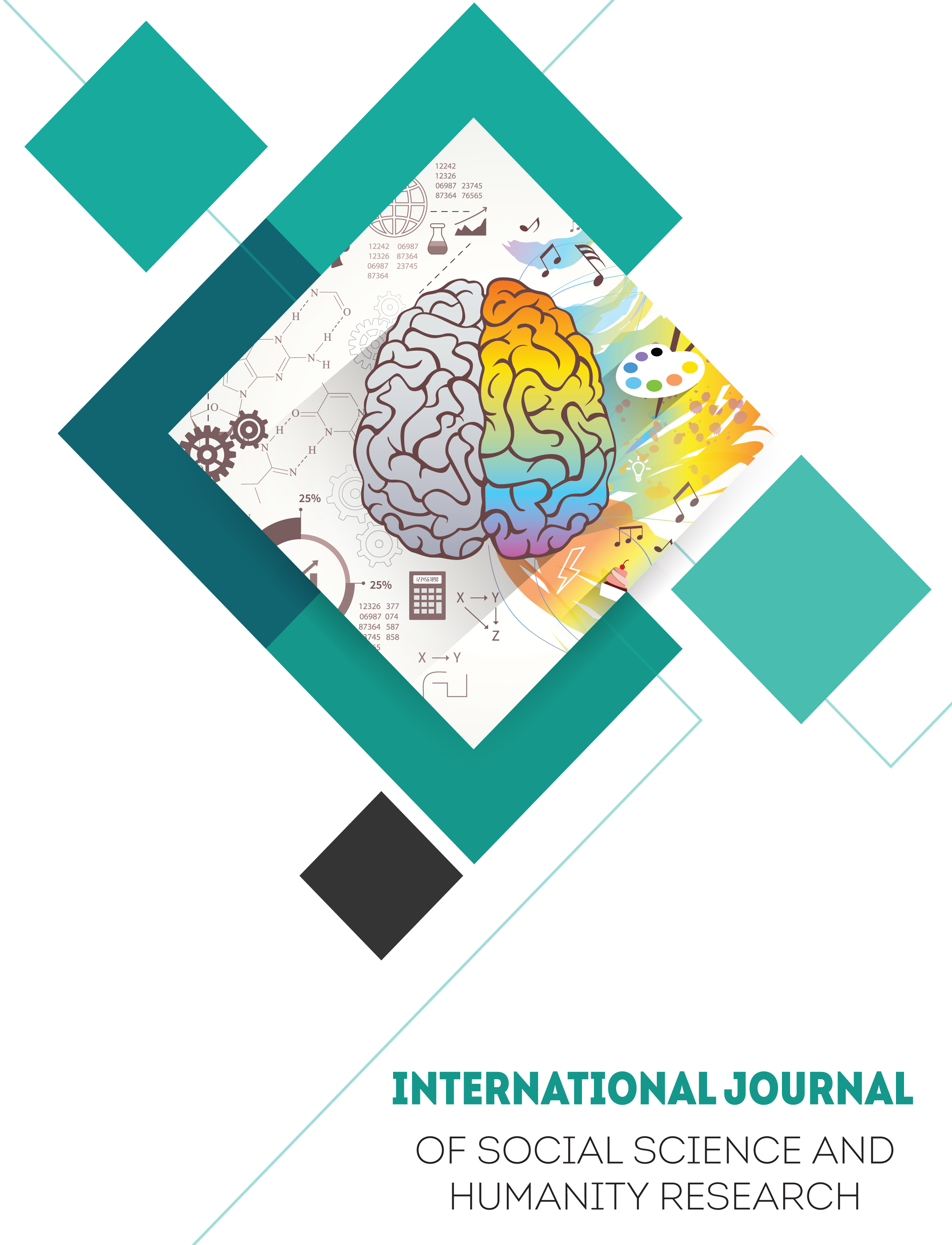A thorough evaluation of the reduction of variations in Chinese and English elements influencing the overall positive translation quality and its connection to the cultural sensitivity of the language
Main Article Content
Abstract
Effective intercultural communication is dependent on translation because it allows meaning to be communicated across a range of languages and cultural contexts. Without translation, people from different countries and languages cannot interact successfully, which could have disastrous consequences for both parties. Translation affects people's daily lives as well as how people connect with one another globally. Those interested in this field should be aware of the study's findings, which not only educate those who are not familiar with it but also pique their curiosity. the training and skills of qualified translators. The goal of this campaign is to raise awareness of the need for translators to provide accurate translations and strategies for improving their ability to do so in the future.

